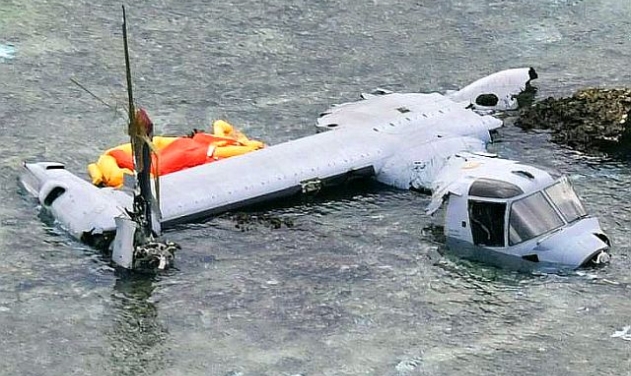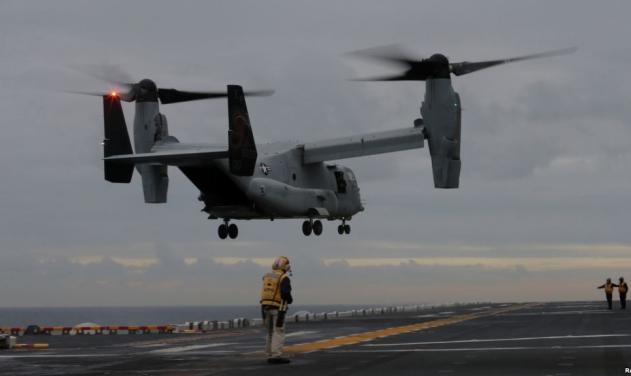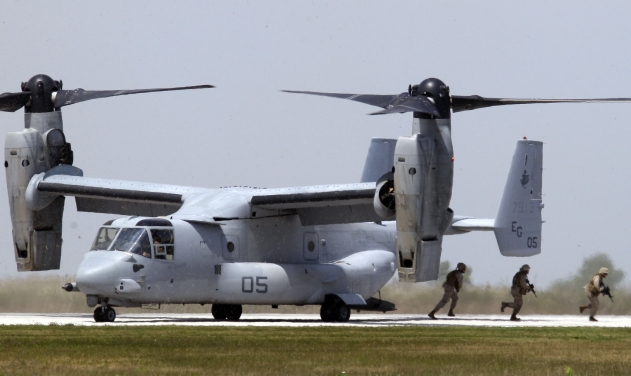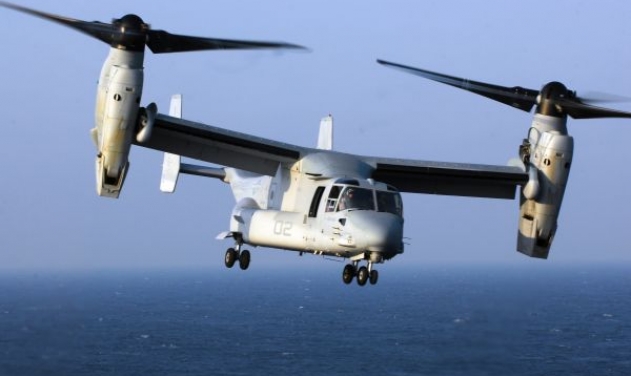V-22 Osprey Tiltrotor Accidents Up 1.5 Times in Japan

Accidents involving US Marines' V-22 Osprey tiltrotor in Japan has gone up by approximately 1.5 times from when the aircraft were first deployed at Marine Corps Air Station in Okinawa Prefecture five years ago, the Mainichi Shimbun reported today.
Tokyo has thus far justified the operation of Osprey aircraft by citing their low accident rate compared to US Marine aircraft overall. However the new findings debunk the aircraft's safety myth, and therefore the Japanese government's rationale for their operation in Japan, the report said.
The rate of accidents among all aircraft operated by the Marines has also gone up, according to information the Mainichi obtained from the US Marine Corps.
The U.S. Marines categorizes accidents that cause damages of at least $2 million, or involve deaths as Class A mishaps, and uses the occurrence of such serious accidents per 100,000 flight hours as an aircraft's safety index.
According to the Marines, the total flight hours of Osprey aircraft between the time its trial-development was completed in October 2003 and the end of August of this year, was 303,207 hours. Nine of the accidents that took place in that time were Class A, bringing the rate of accidents to 2.97 per 100,000 flight hours.
This figure is about 1.5 times the rate of accidents released by the Japanese Ministry of Defense in October 2012- 1.93 as of April 2012- prior to the Osprey's deployment at Futenma air base.
The Japanese government had emphasized the safety of the Osprey prior to its deployment at Futenma by underscoring the fact that its 1.93 accident rate was lower than the 2.45 accident rate among U.S. Marine aircraft overall at the time.
However, the rate of accidents involving Osprey aircraft tallied at the end of the U.S. fiscal year at the end of September has been on an upward trend, with the rate rising to 2.62 as of the end of September 2016, closing in on the 2.63 accident rate among all Marine Corps aircraft.
After the latest tallies were made, an Osprey aircraft crash-landed off the coast of the northern Okinawa Prefecture city of Nago in December 2016, and crashed off the coast of Australia in August of this year.
As of the end of August 2017, the rate of Class A accidents among Osprey, at 2.97, is believed to have surpassed the 2.59 accident rate among all U.S. Marine aircraft. With the crash of an Osprey aircraft in Syria on Sept. 29, the total of Osprey accidents tallied at the end of the 2017 U.S. fiscal year is expected to rise even further.
A US Marines public relations official said when contacted by Mainichi Shimbun that inherent risks come with any military aircraft and that efforts would be made to institute safety and prevention measures in order to secure a high level of safety.
Referring to the Osprey accident rate, Japan’s Chief Cabinet Secretary Yoshihide Suga said during a press conference today, as quoted by Mainichi Shimbun, "There are accidents that occur not because of problems with the aircraft itself, but due to maintenance or pilot errors. It is inappropriate to assess the safety of an aircraft by looking just at its accident rate; it should be treated as just one index of safety."













